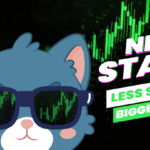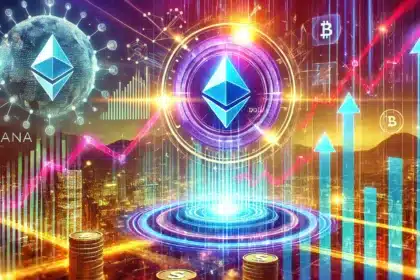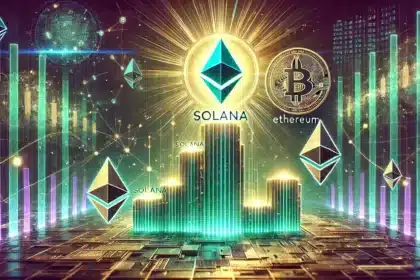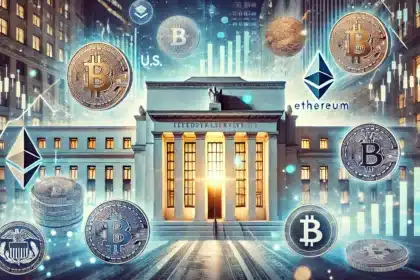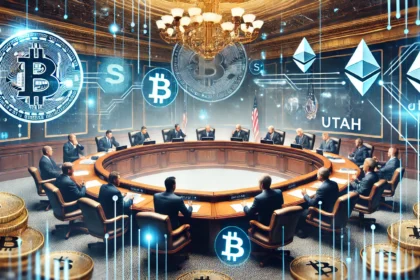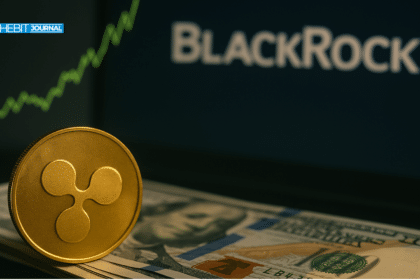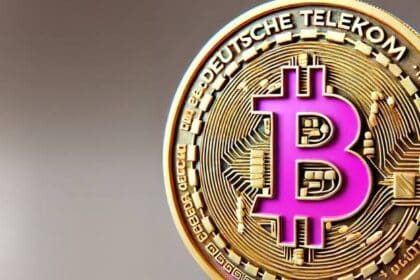Pi Network is under fire from its own community. The platform, which boasts over 70 million users, or “Pioneers”, globally, is facing mounting allegations of misleading practices, prolonged delays, and centralization risks. As tensions boil over, critics call into question the legitimacy of the entire project, and the future of Pi Coin itself.
Community Frustration Reaches a Boiling Point
The backlash intensified after Pi Network announced its $100 million “Pi Ventures Fund” to support the development of decentralized applications (DApps) within its ecosystem. But instead of generating excitement, the move sparked widespread frustration.
Many Pioneers took to social media to express disbelief.
“How can a project launch a massive fund when basic promises like open mainnet access and full KYC implementation are still unfulfilled?” asked one user on X (formerly Twitter).
Crypto researcher Dr. Altcoin also added fuel to the fire, noting that “over 94% of users haven’t earned even 1,000 Pi tokens due to uncredited ambassador and referral bonuses.” This revelation points to serious discrepancies between Pi Network’s claims and the rewards distributed on-chain.

Pi Network Delays, Lockups, and Transparency Gaps
Since 2021, Pi Network has struggled with major deliverables. The platform promised an Open Network, a fully operational mainnet, and KYC verification for all users—yet many of these benchmarks remain incomplete.
To make matters worse, a growing number of Pioneers report that their tokens remain locked for periods of up to three years, severely limiting liquidity and usage. Disillusioned holders have begun selling their Pi accounts on the black market, an alarming trend that suggests confidence in the project is eroding rapidly.
Meanwhile, the promised ecosystem of 100 live DApps has yet to materialize, leaving many to question the fate of earlier hackathon projects and ad revenues that were supposed to fuel the network’s growth.
Price Volatility and Whale Concerns
The market has responded sharply. Since its February 2025 mainnet debut, Pi Coin has plunged more than 80%, crashing from $3.00 to around $0.46 in early May. The recent unlocking of 5.2 million Pi tokens only added to the selling pressure, triggering a further 35% weekly decline in price.
While daily trading volumes exceeded $950 million, the surge in activity has been attributed more to panic selling than organic growth. Whales—who control a significant portion of the supply—appear to be offloading, compounding the downward momentum.
In addition, Pi Network’s circulating supply ballooned from 6.7 billion to 7.2 billion tokens, raising red flags about tokenomics management. With the total supply capped at 100 billion, investors are beginning to question whether Pi Network has maintained proper economic controls.

Industry Leaders Speak Out
As controversy swelled, several prominent voices in the crypto space stepped forward with harsh criticism.
Justin Bons, founder of CyberCapital, labeled the project “a glorified Ponzi scheme,” citing its centralized governance and lack of verifiable open-source code. Meanwhile, Bybit CEO Ben Zhou echoed the sentiment, warning that Pi Network exhibits “classic scam-like behavior” and even referencing Chinese regulatory alerts that have flagged the platform’s risks.
These critiques have only intensified calls for third-party audits and clearer regulatory scrutiny.
A Tipping Point for the Network?
Pi Network now faces a critical juncture. With trust at an all-time low and skepticism mounting, the project’s path forward depends on whether its core team can address the concerns head-on.
This includes:
A full and transparent token audit
Releasing a realistic and detailed mainnet roadmap
Immediate KYC resolution for locked accounts
Clarifying the usage and governance of the $100M Pi Ventures Fund
Without decisive action, Pi risks alienating the very base that fueled its rise, its 70 million-strong community of Pioneers.
Final Thoughts
Once hailed as a mobile-first revolution in crypto mining, Pi Network now finds itself in a public credibility crisis. The project’s massive community, once its greatest asset, may become its biggest liability if transparency and deliverables don’t materialize fast.
As one Pioneer bluntly put it: “If Pi Network doesn’t fix this, the ‘future of mining’ will become a case study in how not to run a crypto project.”
FAQs
What is Pi Network and how does it work?
Pi Network is a mobile-based cryptocurrency project that allows users to mine Pi tokens using their smartphones. It claims to make crypto mining accessible to everyday users without heavy computational costs. However, it has not fully launched its open mainnet yet.
Why are Pi Network users upset in 2025?
Users, known as Pioneers, are frustrated by unfulfilled promises such as delayed KYC, token lockups, lack of DApp development, and missing referral rewards. The recently announced $100M Pi Ventures Fund has also caused backlash due to concerns over transparency and priorities.
Is Pi Coin listed on major exchanges like Binance?
As of May 2025, Pi Coin is not listed on Binance or other top-tier exchanges. Some exchanges offer IOU-based versions of Pi, which are speculative and not backed by actual on-chain tokens.
Why has the price of Pi Coin dropped significantly?
The price has dropped by over 80% since February 2025 due to token unlocks, lack of utility, market sell-offs, whale movements, and fading investor confidence. Increased supply and low transparency also contributed to the crash.
Is Pi Network a scam?
While Pi Network denies any wrongdoing, several prominent figures in the crypto space, including the CEO of Bybit and the founder of CyberCapital, have criticized the project for being overly centralized and lacking transparency. No legal determination has been made, but investor caution is advised.
Glossary of Key Terms
Pioneers – Pi Network’s term for its users and early adopters who mine Pi tokens on mobile.
Mainnet – The final, live version of a blockchain where real transactions occur, as opposed to a testnet or beta environment.
KYC (Know Your Customer) – A regulatory process that verifies users’ identities to prevent fraud and ensure compliance with financial regulations.
Token Unlock – The process by which previously locked or restricted tokens become available for trading or withdrawal.
DApps (Decentralized Applications) – Applications that run on a blockchain and are not controlled by a central authority.
Whales – Large holders of a cryptocurrency who can influence market prices due to the size of their holdings.
Tokenomics – The economic model and rules governing a cryptocurrency’s supply, distribution, and incentive structure.
Circulating Supply – The total number of a cryptocurrency’s coins or tokens that are publicly available and circulating in the market.
Ponzi Scheme – A fraudulent investment operation where returns are paid to earlier investors using new investors’ capital, rather than from profit earned.
Audit – An independent review of a project’s code, finances, or operations to ensure accuracy, transparency, and compliance.











